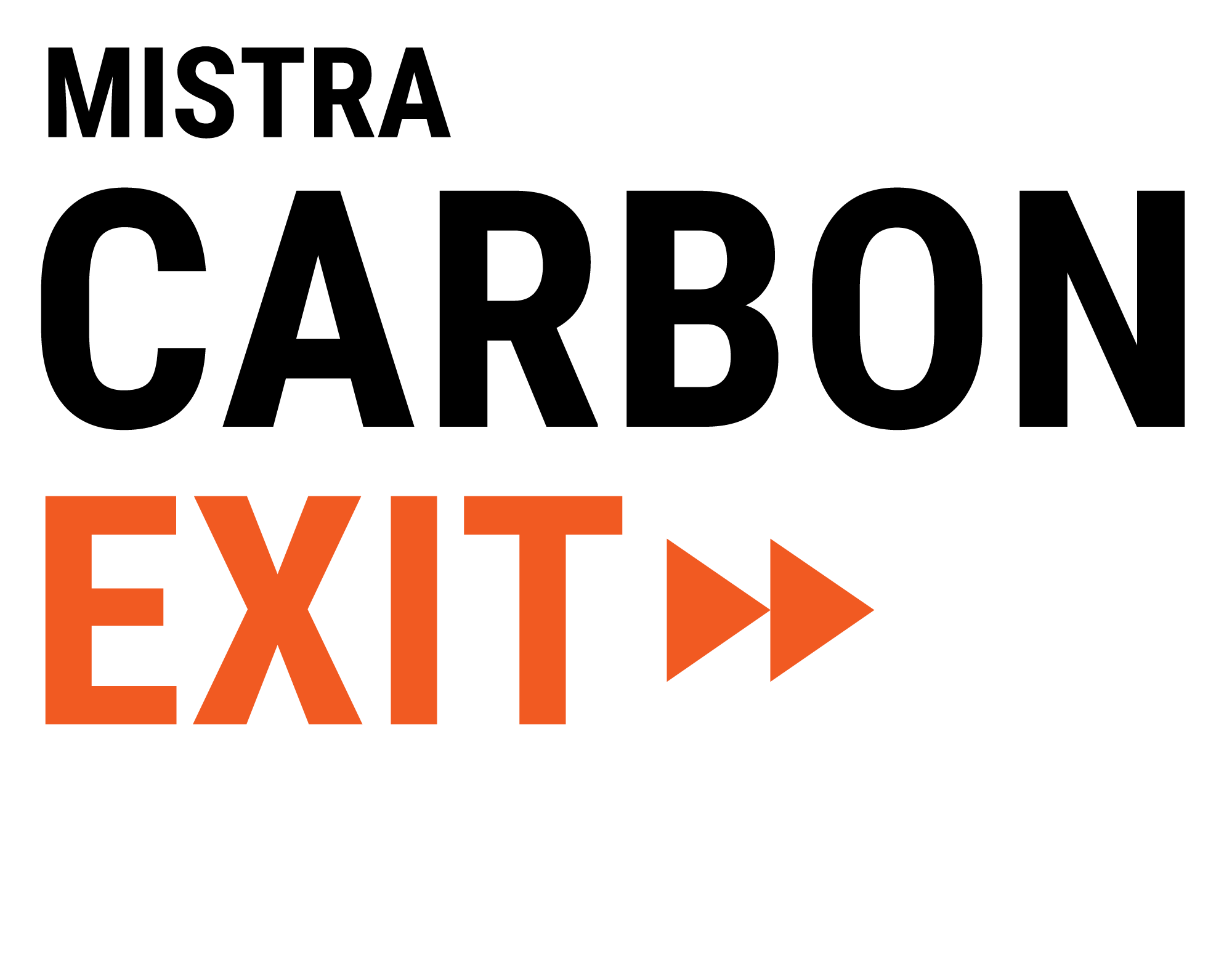Renewable Electricity Systems Important for Future Solutions
Author: Lisa Göransson from Chalmers University of Technology, leader of case study Energy carriers
(This article was originally published in Mistra Carbon Exit Annual Report March 2018)
Attaining net zero carbon emissions from the supply chains of buildings and transportation requires replacing fossil fuels with alternative energy carriers.
The electricity sector is often perceived as the sector in the energy system that can be decarbonized fastest and most cost-effectively. With the cost reductions of wind and solar power during the past decades, electricity, or electricitybased energy carriers, are often the least costly option among the low-carbon energy carrier alternatives. Currently, there are several initiatives from industry aiming at reduced carbon dioxide emissions with the aid of increased use of electricity.
The economic and environmental benefit from using electricity compared to other energy carriers is highly dependent on the composition of the electricity generation system. In an electricity system including a large share of wind and solar based power, the cost and environmental impact of electricity consumption depend on where and when it is consumed. Or, from the electricity system perspective, the distribution of electricity demands have an impact on the electricity system composition and the share of the electricity demand that can cost-effectively be supplied by wind and solar power.
The energy carrier case study is a meeting place for electricity system researchers, energy utilities and future electricity consumers to discuss the transition to new, renewable electricity-based energy systems. The work in the case study has begun, with two fullday workshops, where the first workshop aimed at mapping pros and cons of different energy carriers in the steel and the cement industry, considering technical, environmental, economic as well as social aspects. The second workshop addressed electricity use for transportation and in buildings. Both workshops were attended by a mix of researchers and industrial partners in the Mistra Carbon Exit project, who shared their views in presentations, discussions and joint analysis.
Forthcoming activities include a close collaboration between the case study and work package 1 (Defining transformative pathways), in which internal scenarios are defined. The internal scenarios put initial emphasis on two different possible developments of the North European electricity system, which both meet overall Swedish goals of reaching net zero carbon emissions by 2045.
The first scenario takes its point of departure in an integrated EU energy grid, where new cross-sectoral connections and collaboration between actors are key driving forces to attain cost-effectiveness. The second scenario reflects a more diverse context based on a multitude of prosumers, where actions taken by individual actors are in line with their own agenda resulting in a multiplex of local solutions. Thus, both scenarios meet national targets on carbon dioxide emissions and include electrification of transport and industry but differ in where and when electricity is consumed. Moreover, the scenarios differ with regards to the supply-side, with prosumers both on industry and household level in the multitude of prosumers scenario.
The energy carrier case study will arrange bi-lateral stakeholder meetings around the scenarios. These meetings will focus on discussing implications of being an electricity consumer or producer in the different scenarios. Costs and environmental impact of electricity will be analysed and discussed, accounting for the individual consumer profile. The meetings enable stakeholders to give feedback on the scenarios and partake in the scenario development.


